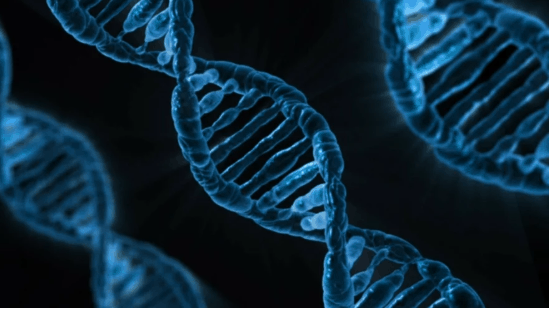About 75% of human genes are referred to as “junk DNA” because they aren’t involved in the production of proteins. But several researchers have been searching for jewels in that junk, including a team at Brigham and Women’s Hospital that’s looking for new ideas for treating cardiovascular disease. Now, they’ve linked a seemingly worthless RNA molecule to a discovery they say could aid in the development of new drugs for atherosclerosis.
Using a mouse model of atherosclerosis, the investigators found a long, noncoding RNA (lncRNA) called SNHG12 that plays a role in the cellular aging of blood vessels by interacting with an important regulator of DNA damage repair. They published the results in Science Translational Medicine.
Atherosclerosis happens when the inner walls of blood vessels develop plaques made of fatty materials that clog up the arteries. Scientists have observed that DNA damage contributes to a cellular aging process called senescence, which stops blood vessel cells in plaques from proliferating and leads to the progression of atherosclerosis.
To better understand the molecular signatures of increased DNA damage and senescence in atherosclerosis, a team of Brigham researchers led by Mark Feinberg, M.D., used RNA sequencing to profile RNAs derived from mice with atherosclerosis.
The researchers found SNHG12 to be the most abundantly expressed in the endothelial cells of the animals’ blood vessels. SNHG12 is a noncoding RNA that’s found across multiple species, including humans, pigs and mice.
To explore the role of SNHG12, researchers knocked it down in mice that were fed a high-cholesterol diet. That sped up the formation of atherosclerotic lesions by 2.4-fold in the animals, independent of the effects on circulating lipids or vessel wall inflammation. In contrast, boosting levels of SNGH12 decreased the plaque burden, the team reported.
If SNHG12 doesn’t itself encode for proteins, then what does it do exactly? Further analysis pointed to a partner for SNHG12 called DNA-dependent protein kinase—an important sensor and regulator in the DNA damage response and repair process. The researchers found that knocking down SNHG12 cut back DNA-PK’s ability to bind with the Ku complex, which is required for its activation.
Without SNHG12 and DNA-PK working together, senescence increased, as blood vessel walls became leaky, allowing bad cholesterol to flood in and preventing macrophages from clearing cellular debris effectively.
But the scientists found a way to remedy the problem. Adding a molecule called nicotinamide riboside reduced SNHG12 lesion progression and limited DNA damage, the team reported. The compound is a precursor to NAD+, which has been shown to play a critical role in aging.
Other research groups have been looking for genetic clues to fight cardiovascular and metabolic diseases. University of Utah scientists are focusing on accelerated sections of the genome, which are shared across vertebrate species but are amplified in certain animals. They showed that hibernating mammals have uniquely evolved some noncoding DNA regions that are located near known human obesity genes.
Another research team led by Queen Mary University of London recently used artificial intelligence to identify 14 regions in the human genome that help determine the size and function of the heart’s left ventricle.
Feinberg and colleagues figure their discovery of SNHG12 could guide the design of new drugs to fight heart disease.
“We know a lot about the importance of cholesterol and inflammation in heart disease, but this is a new, additional pathway. We need to think carefully about how it might impact the development of therapeutics for cardiovascular disease,” Feinberg said in a statement. “What’s really exciting is that RNA therapeutics—in which we deliver RNA molecules or small molecules that can help regulate RNA—is a growing area. Our work help lays a foundation for pursuing these kinds of therapies for atherosclerosis.”

